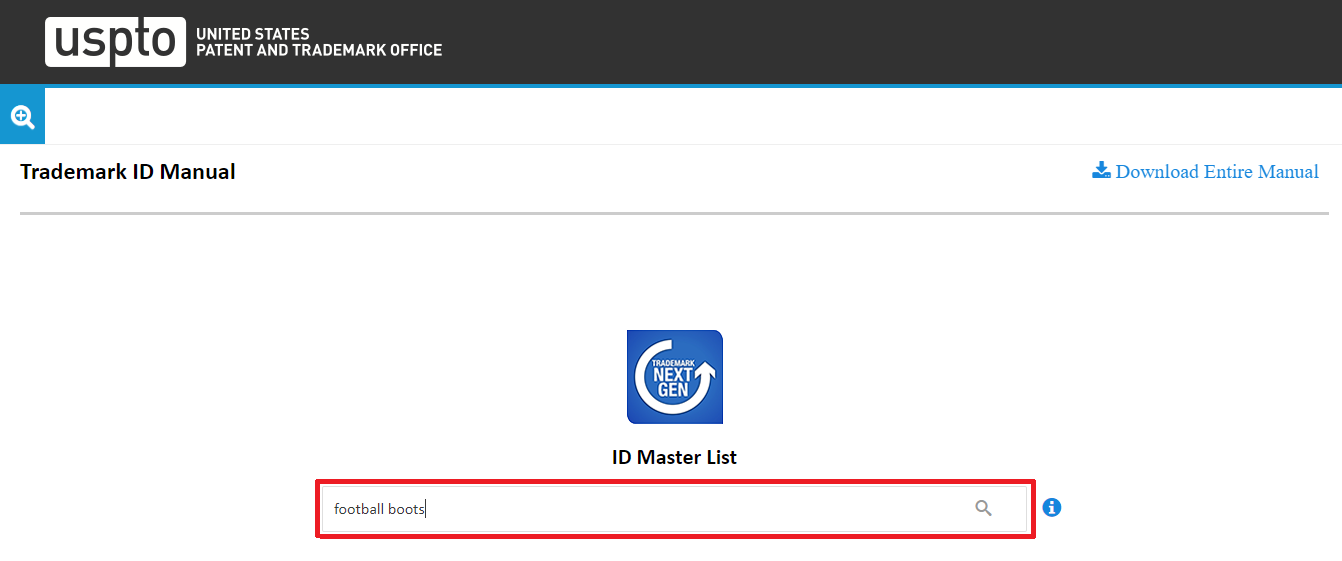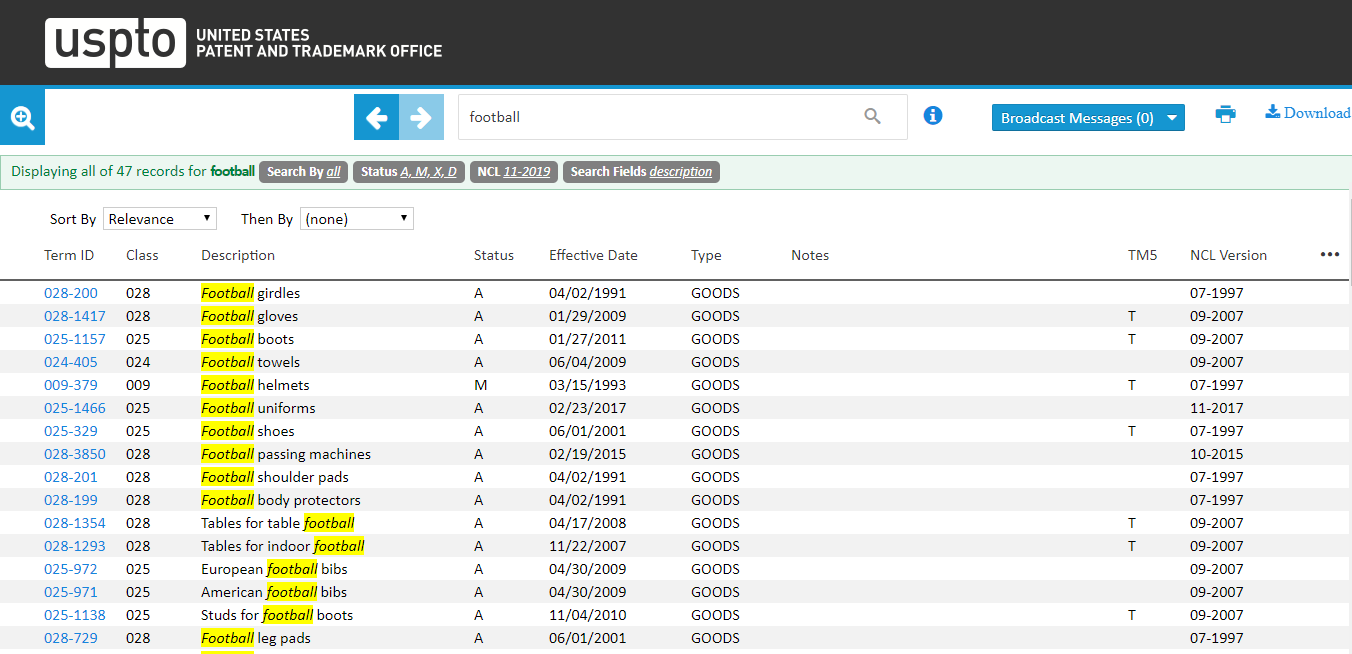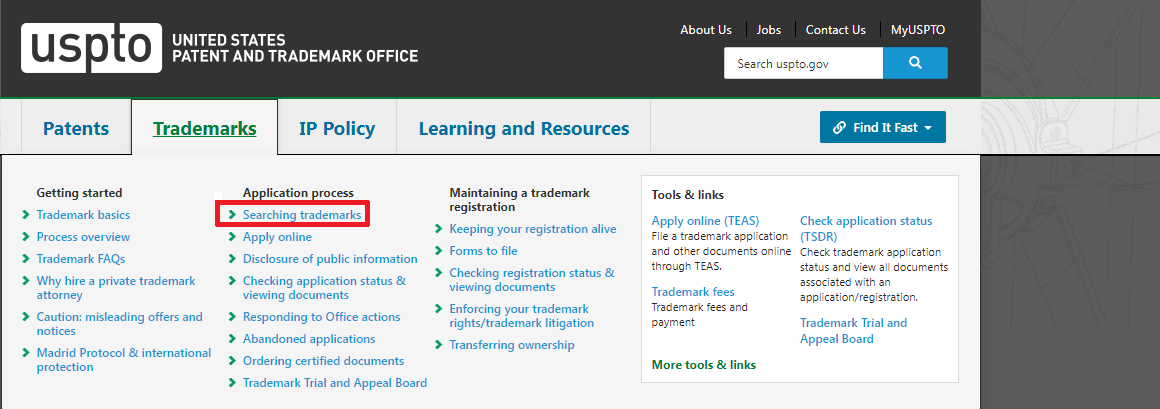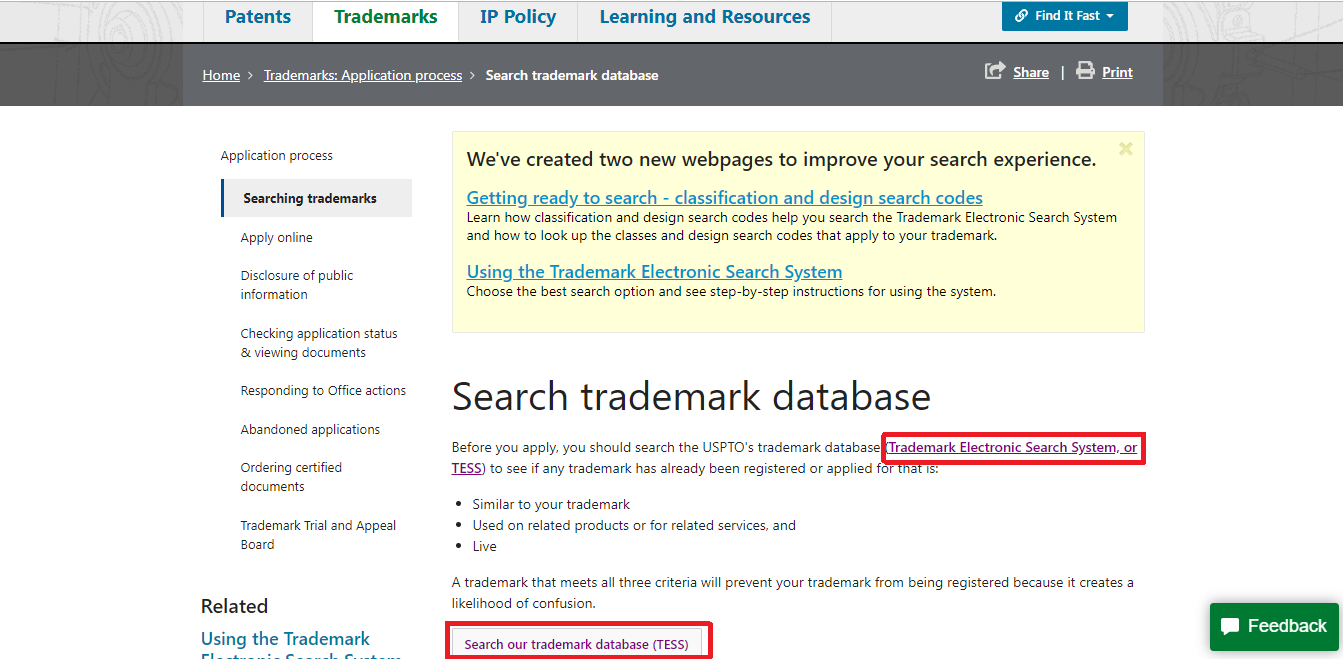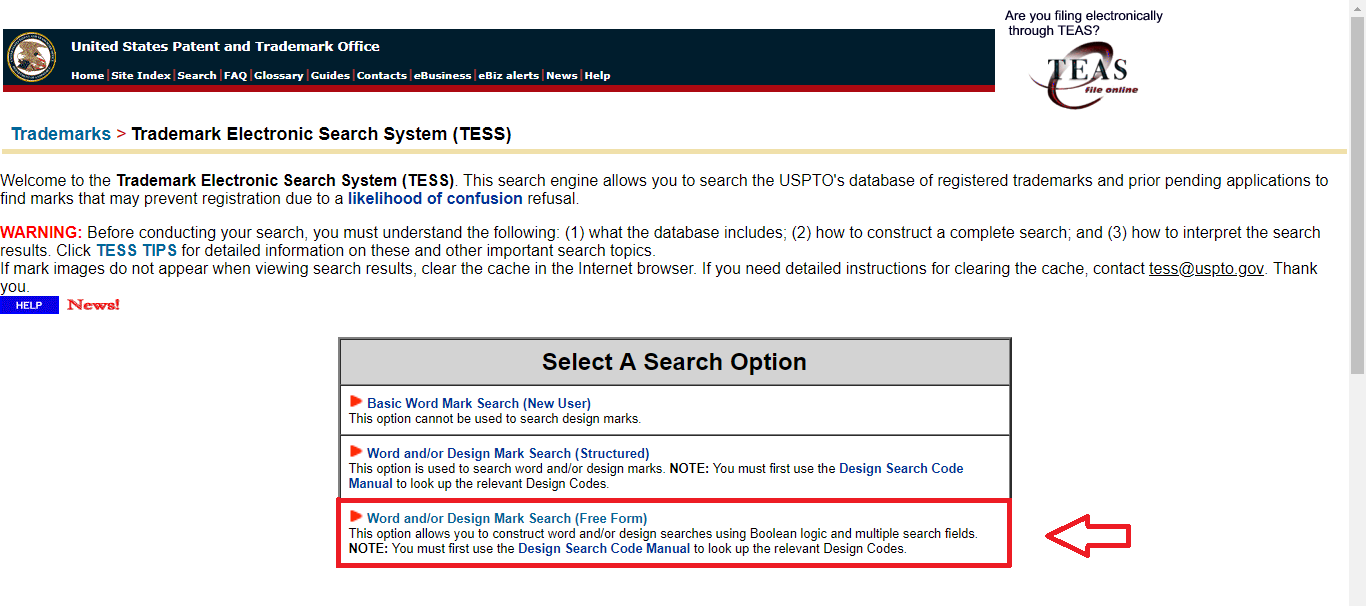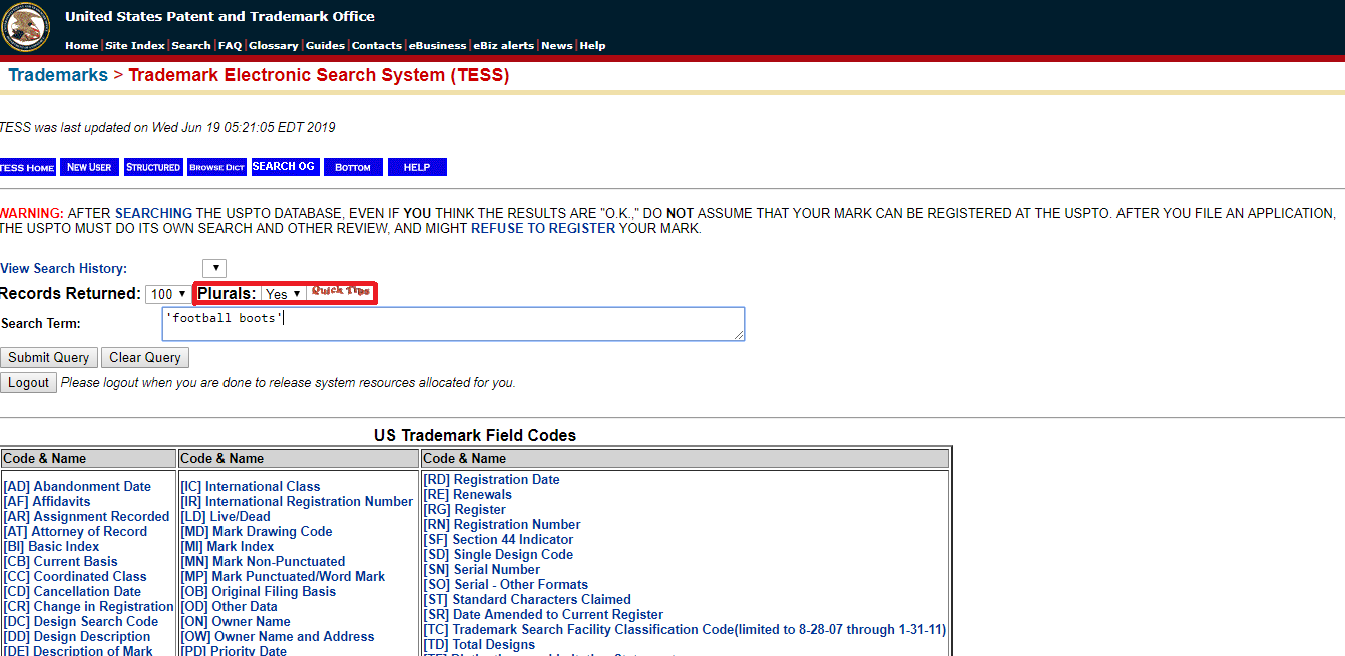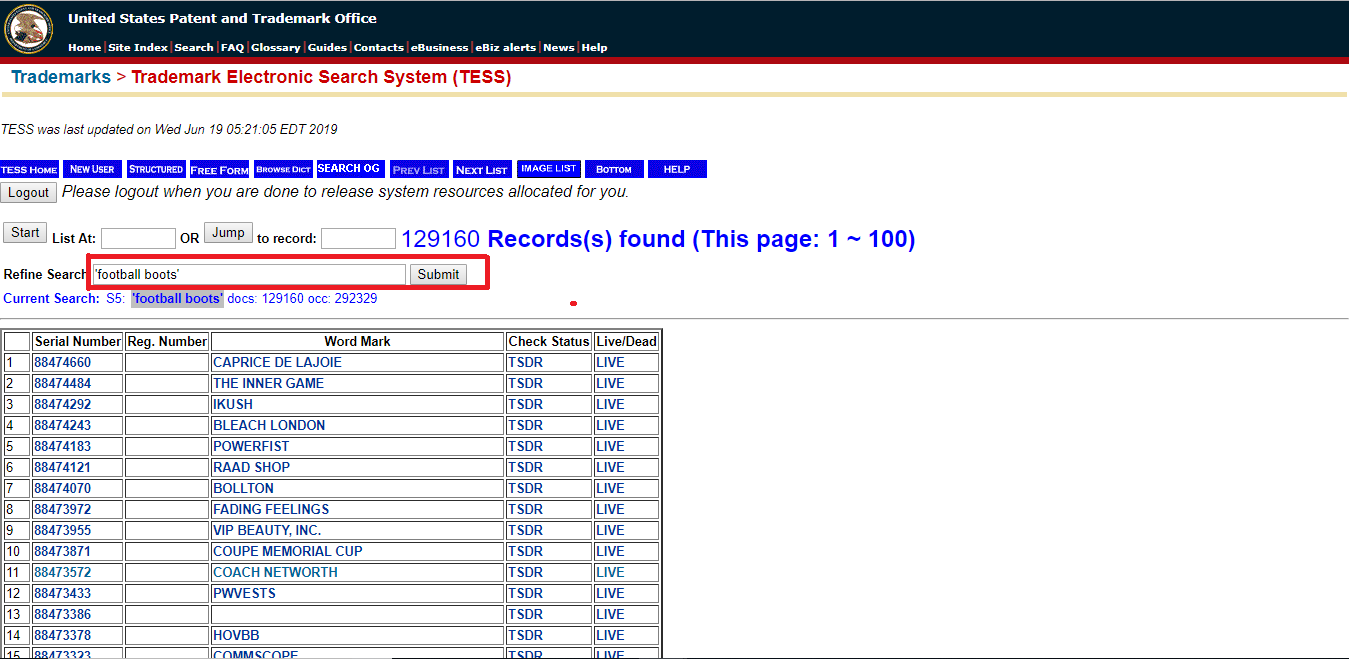If you’re filing a trademark, then it is highly advisable to conduct a comprehensive trademark search with the USPTO. You might come up with a unique word/phrase for the product or service that needs a trademark. However, you need to be certain that your word/phrase doesn’t overlap with a pre-existing trademark. Hence, it is vital for you to carry out a comprehensive trademark search before filing one of your own.
This article covers all the important points you need to remember about a comprehensive trademark search. That’s not all! We’ll also show you how to conduct a trademark search on the USPTO website (with examples!).
Basics of Conducting a Comprehensive Trademark Search
Before we dive into the actual search process, let’s first understand the basics. You must keep these points in mind while carrying out a trademark search.
1. Elucidate the product or service that you want the mark for
This step is simple enough, yet very important. You must ensure that you are clearly describing everything about the good or service to eliminate any confusion.
2. Identification of specific terms for your product or service
You must identify particular terms that you can associate with your item. To ensure which terms are usable, check out the listing of Acceptable Identification of Goods and Services Manual. You need to locate terms that describe your item. For example, “football boots” is the acceptable term for boots specific for the sport, football.
Step 1: Type out your specific terms in the search bar
Step 2: Check results
3. Determine the International class
The online manual will also list the appropriate International Class for your item. Providing the class for your item is not a necessity for your trademark application. However, knowing your international class can aid in focusing your search. Click here to know more about International classes.
4. Identify related goods or services, and their classes
You must also identify and scan the terms for the goods and/or services that relate to your product in terms of usage, advertisement or sales. For example, football boot’s usage and sale happen with footballs and kits in the Acceptable Identification of Goods & Services Manual. You must also scan the goods or services that relate to your product in the International Classification of Goods and Services. The purpose is to determine their class as well.
5. Develop a basic search strategy
Try and think of other alternatives for your trademark if your first preference is unavailable. Play around with the keyword while coming up with an alternative if your mark includes a phrase. Also, use truncation devices (*) or wildcards (?) to look for marks with word stems similar to yours. Comprehensive Trademark Search
6. Widen your search strategy horizon
You should also search for alternative spellings, homonyms, synonyms to your trademark. Also, search for words that have similar sounds or appearances or even phonetic equivalents. You can also narrow your strategy later. This can be done by limiting your search results with the goods/services you found in Step 2 or the International Class you found in Step 3.
7. Conduct the actual search
Now comes the real part, the comprehensive trademark search on TESS-the USPTO’s web-based Trademark Electronic Search System. You can do this yourself if you have internet access. You can also go to your local Patent and Trademark Resource Center. Follow the screenshots for a more clear idea.
Step 1: Move the cursor on “Trademarks” on the USPTO Website homepage. Select “Searching Trademarks” from the dropdown menu.
Step 2: From the new page, select “Trademark Electronic Search System (or TESS)” Comprehensive Trademark Search
Tips for Using the TESS (Bonus Information + Example)
Now you know the basic methodology to conduct a comprehensive trademark search. But how can you optimize it on TESS? Let’s find out. Comprehensive Trademark Search
- While performing trademark searches, keep the likelihood of confusion in mind. For trademark infringement, the courts abide by a standard, which is the likelihood of confusion. Your mark shouldn’t be very similar to another trademark so that it doesn’t confuse the consumers about the origin of the item. If it happens then one can consider it to be a form of trademark Therefore, you shouldn’t only look for trademarks that are identical to your mark. You also need to look for trademarks that are similar to yours.
- Use the Word and/or Design Mark Search (Free Form) option to gain maximum flexibility on TESS.
- On the free form search page of TESS, apply the yes option in the plurals box so that you can look for plural forms of your chosen mark.
- You should consider using quotation marks to enclose any phrases in your search query. If you don’t use quotation marks, the system will interpret your query as (first term) OR (second term). Because of this, any trademark that contains either the first term or the second term will appear in the results. If you get too many search results for a certain query, you should use quotation marks to enclose the entire term. This will help you narrow down the number of results you get. Comprehensive Trademark Search
- You should verify domain names for web-based businesses. You can check domain name registrars through sources such as org. This organization oversees web domain registrations.
Need a professional Searcher? – TMReady
You invest a lot in building your brand. Apart from the money, the hours of efforts in promotions, recognition and making it synonymous to what your business stands for. Before you make this effort, you need to be sure about heading in the right direction. That is conducting a comprehensive trademark search. Despite keeping these points in mind, you may feel that you need professional assistance. TMReady offers the widest and the most flexible search coverage. To ensure this, we carry out all our searches manually, and not via computers. We also want to ensure that our prices are affordable without compromise on quality. Your satisfaction is our guarantee. Comprehensive Trademark Search
To make an inquiry, contact us on TMReady.
Other Related Insight:
Trademark Monitoring Fundamentals: Know the Importance
A to Z of Trademark Registration
Hire A Trademark Attorney: What’s the need?


